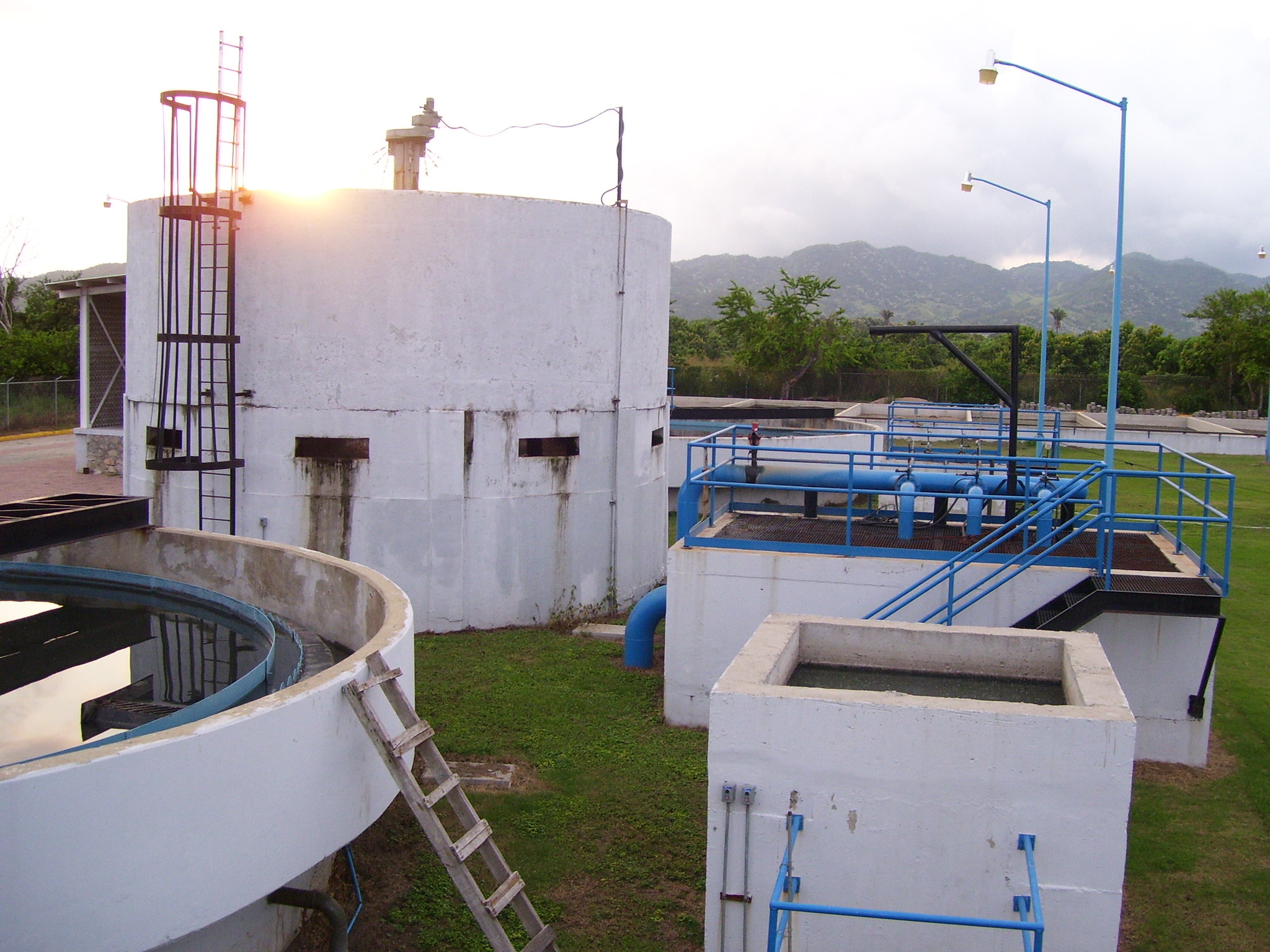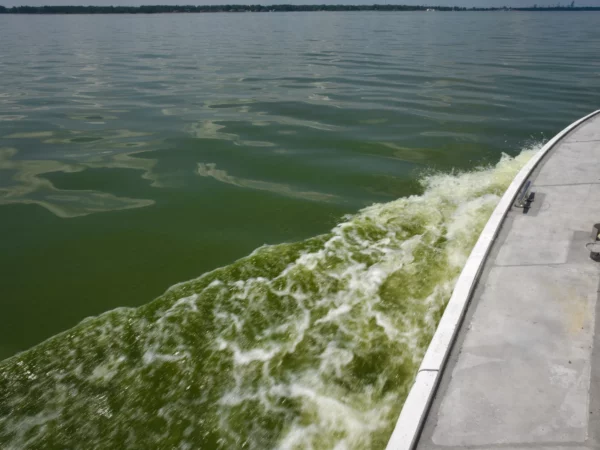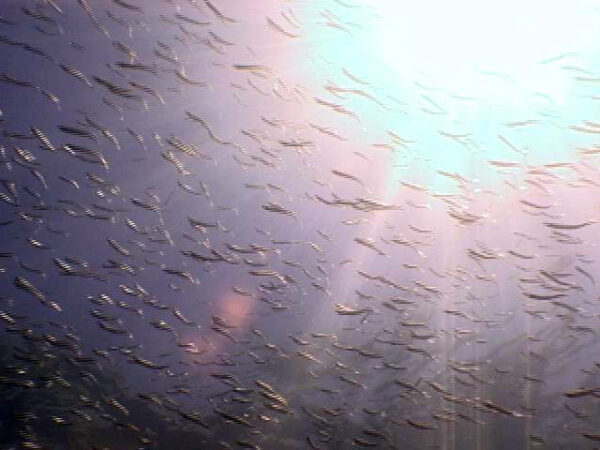
By Lester Graham, Michigan Radio
The Great Lakes News Collaborative includes Bridge Michigan; Circle of Blue; Great Lakes Now at Detroit Public Television; and Michigan Radio, Michigan’s NPR News Leader; who work together to bring audiences news and information about the impact of climate change, pollution, and aging infrastructure on the Great Lakes and drinking water. This independent journalism is supported by the Charles Stewart Mott Foundation. Find all the work HERE.
Michigan has an infrastructure problem with raw sewage getting into streams and rivers.
In the State of Michigan’s next fiscal year, there’s about $500 million available for fixing up sewer pipes and updating wastewater plants. So far, municipalities have applied for $200 million. That’s below what is typical for this time of year. There’s no doubt about the need for sewer infrastructure repairs or replacement.
“The need for combined sewer overflows alone is probably the $1.5 billion to two billion range that’s left to accomplish in the state of Michigan. So with everything considered, all our infrastructure needs, it’s going to exceed that level,” Phil Argiroff explains. He’s an assistant director in the Water Resources Division of the Department of Environment, Great Lakes, and Energy (EGLE).
The Clean Water State Revolving Fund loan rates are less than two percent for a 20 year loan. The rate is slightly more than two percent for a 30 year loan. And the principal of some of those loans will be forgiven if the project includes energy efficiency, water efficiency or green infrastructure.
For example, if a wastewater plant included an anaerobic digester to turn sewerage into bio-gas to use for energy, it might see the loan forgiven. Disadvantaged communities might be eligible for loan principal forgiveness.
But it’s hard for some local officials to get excited about sewers. They’re out of sight and out of mind. Sewer improvements are really expensive and it’s tempting to invest in things residents might actually notice.
Argiroff argues this is a quality of life issue. That’s especially apparent if you like to fish or go kayaking.
“When you look at what wastewater treatment and the lack of raw sewage discharges to your rivers or streams to having an upgraded wastewater treatment plant and what it can do to help quality of life and recreation downstream, I think those are the things that need to be focused on,” Argiroff says.
Cities and townships have until January 31 to submit the initial paperwork called an Intent to Apply. That is the first step and it will result in a meeting with EGLE staff where local officials can get more details about the loan program.
Catch up with more news on Great Lakes Now:
U.S. Justice Dept: Flint company owner dumped millions of gallons of untreated leachate in sewer
Single Systems: Great Lakes cities’ sewer designs mean waste in the waters
Grant to help expand COVID-19 wastewater detection program
API key not valid. Please pass a valid API key.Featured image: Wastewater treatment plant (Photo from Flickr, CC BY 2.0)




